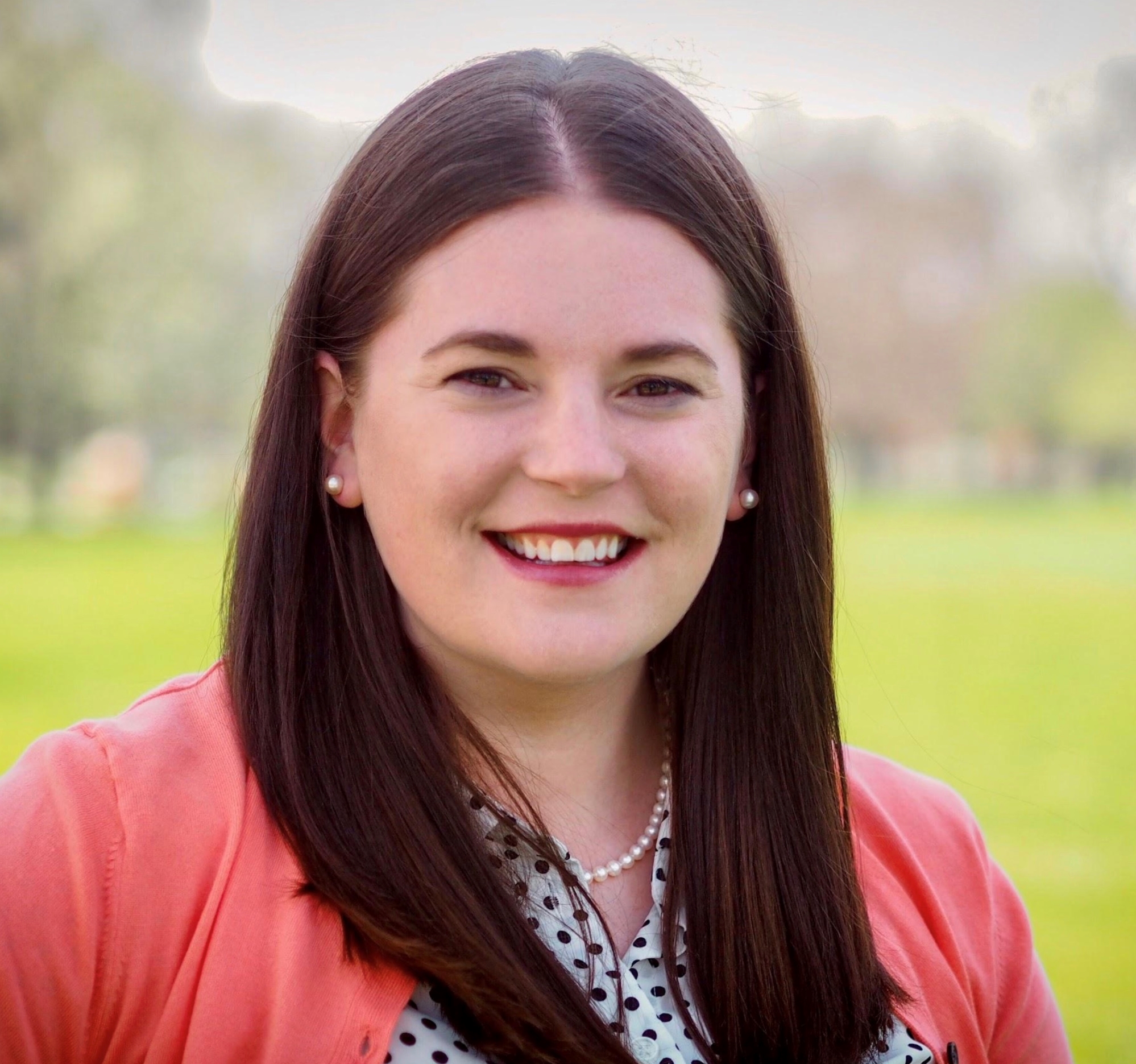AOTA member spotlight: Emily Barr, OTD, MBA, OTR/L, BCG
Emily Barr, OTD, MBA, OTR/L, BCG, is the Executive Director at the Nebraska Coalition for Patient Safety. She spoke to AOTA Director of Quality and Vice President of Practice Improvement Julie Malloy, OTD, MOT, OTR/L, PMP, CPHQ, FNAP, about her work in this position and how she moved into this role.

Julie: Tell me about your role as the Executive Director of the Nebraska Coalition for Patient Safety.
Emily: The Nebraska Coalition for Patient Safety (NCPS) is a listed patient safety organization (PSO). PSOs are provided with oversight by the Agency for Healthcare Research and Quality (AHRQ). The primary role of our organization is to work with member organizations to prevent adverse events and minimize risk for patients. We have an online reporting system for organizations to report adverse patient safety events. We aggregate data and work to help organizations understand these events, and then prevent them in the future. We want to be sure we are using data so we can act on it and learn from it.
We also provide training for organizations about root cause analysis and other quality tools. In addition, we also hold shared learning events, where members can learn from one another and work together on big picture problems.
Another big aspect of quality improvement that we address is the culture of the organization. Sometimes organizations need help recognizing that there is something in the culture affecting quality and safety. We work with organizations to identify and recognize this, and work toward more robust health care systems.
Julie: How did you become involved in patient safety and quality?
Emily: I became interested in quality when I was a Rehab Director in a post-acute care facility. We had a very structured quality assurance and process improvement (QAPI) program team, and I was able to be a part of this group. This allowed me to see the data in our organization and how this tied to process improvement. I appreciated the organization using this process and putting systems in place to create change.
Then, as I was studying for my MBA in health care, one of the concentrations was in quality improvement. I chose this concentration and was able to get a black belt in Lean Six Sigma. At that time, I had moved to a full-time teaching position. Through my quality coursework, a lightbulb turned on in my head, and I worked toward bringing some of these quality principles to the program I was teaching in. When I saw the Executive Director position at NCPS, it was not advertised as an OT role. But, through my quality training, I felt like an OT could be successful in this organization. During the interview I was able to provide examples of how I could contribute to their organization and how my occupational therapy background was an asset.
Julie: How has being an occupational therapist helped you in your current position as the Executive Director at NCPS?
Emily: As occupational therapy practitioners we are skilled at task analysis. We are able to analyze what clients' deficits are and how that’s impacting them in their environments. We look at things from a holistic perspective. From a patient safety focus, we can utilize these skills in systems thinking. Occupational therapy’s focus on holistic and interdisciplinary care has set me up to be successful in this role.
Julie: What advice would you give to someone interested in working in quality?
Emily: If you see a problem or something you think occupational therapy can enhance, see if you can get a spot on that team. If it’s a QI (Quality Improvement) team, you can learn what a QI project looks like, and how to be a part of a quality team.
One thing that I think gets in people’s way is that they think quality improvement has to be a big, grandiose project. But it doesn’t have to be. Start with small changes that you are passionate about and start by getting involved. Patient safety is not up to one professional. It’s a role for all of us to hopefully produce long-term positive results. We are all members of an interdisciplinary team that contributes to the success of our patients.